| httpv://www.youtube.com/watch?v=_TG5qe1lVc8 |
By Scott Mayer
https://www.hornady.com/
The folks at Hornady must be pretty smart to have introduced so many successful new products over the past several years. But the problem with being so smart is that it takes a lot of brains, and brains are the best bait for attracting zombies. It’s no wonder, then, that the Grand Island bullet boys are preparing this year for the apocalypse with new Z-MAX zombie loads and component bullets. Z-MAX is available in popular handgun and rifle cartridges, and there’s even a 00 Buck load that’s sure to make a rotting mess into an even bigger rotting mess if you ever need to use it.
I was completely shocked to be standing in Hornady’s booth yesterday witnessing Steve Hornady having a sincere conversation with our George Wehby about killing zombies. I knew George was into zombies, but to hear Hornady explain how zombies couldn’t swim, but could walk across the bottom of a body of water was unexpected. I did not know they could freeze, that there are differences between undead and infected zombies, or that it takes 28 days after a bite to turn into one. Clearly, Hornady knows his zombies, so you can count on Z-MAX to take them out.
If you’re not familiar with Z-MAX, they’re standard loads that use conventional jacketed lead bullets with Hornady’s plastic or Flex Tip technology (in putrid green no less) in novel zombie packaging. Even if you’re not into zombies, it’s worth knowing that many Z-MAX loads and bullets have a suggested retail price slightly less than comparable V-MAX or Critical Defense loads and I expect their performance is similar.
Critical Defense handgun loads set new standards in the civilian CCW market when they were introduced, as they’re the first defensive loads to my knowledge that combine Flex Tip technology and bullets designed so specifically for their respective cartridges that .38 Spl. and .357 Mag. loads use different bullets. Critical Defense loads have functioned with 100% reliability in almost every gun I’ve shot them in, and they seem to expand no matter what. But when designing Critical Defense, Hornady specifically chose not to hold them to the FBI bullet protocol reasoning that civilians are not likely to find they need to penetrate urban barriers against an attacker.
If you’re not familiar with the FBI bullet protocol, it’s a series of bullet penetration tests into 10-percent ordnance gelatin that include intermediate barriers. Among those barriers are different types of clothing, drywall, sheet metal and laminated auto glass set at an angle. That auto glass is a real bugger of a test that usually strips the jacket right off the bullet, chews up the lead core and spits it out at an angle different from the bullet’s original trajectory. I want to share a tip about shooting through glass I learned from a friend who did some contract work overseas where shooting from a car was routine business. If you ever find you really do have to shoot through auto windshield glass—get your muzzle as close to the glass as possible before you fire. Doing that minimizes both the bullet defection and the “spiderwebbing” of the glass.
I really think the argument could be made that the FBI protocol needs to be looked at anew considering advances in bullet technology over the past 20 years, but until then, it’s the standard by which many judge and some LE agencies require. For those folks or agencies, Hornady’s new line of Critical Duty ammo passes the FBI protocol and at the same time retains the expansion reliability of Critical Defense.
Contrary to some Internet rumors, Critical Duty is NOT Critical Defense simply repackaged. Critical Duty does use FlexTip technology, but then it goes farther by combining it with Hornady’s InterLock technology for what Hornady calls FlexLock bullets. If you look at a sectioned Critical Duty bullet, you’ll see there’s several “locks” of thickened jacket that all but guarantees the jacket and core won’t separate. The FlexTip pre-plugs the hollow point with a semi-solid that flexes upon impact popping open the hollow point cavity for increased wounding while the InterLock keeps the bullet jacket and core together as it passes through barriers for deeper penetration.
It’s getting to where you can’t ring in a New Year without Hornady announcing a new cartridge and 2012 is no exception. This year it’s the .17 Hornet that, as the name implies, is the .22 Hornet cartridge necked down to .17 caliber. This is not a “new” idea–P.O. Ackley did it in the 1950s, there was the .17 K-Hornet Kimber of Oregon chambered, and probably a bunch more wildcats that have been forgotten. But what is new to Hornady’s rendition are those devastating little tipped bullets and Superformance-type powder. With them, Hornady obtains ballistic performance that just wasn’t safe back in the heyday of wildcatting. This load sends a .17-cal. 20-grain V-Max bullet at a scorching 3,650 fps and, while it delivers the trajectory of a 55-grain .223 Remington load, you get it at a recoil level comparable to firing a .22 Magnum. Best of all, handload this number with one of Hornady’s .17-cal. Z-MAX bullets, and you’re ready for zombie prairie dogs.

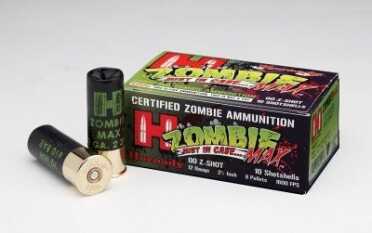

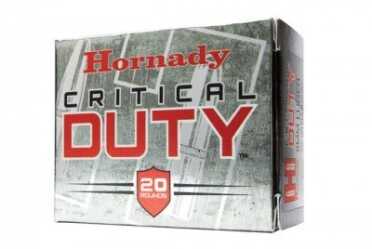
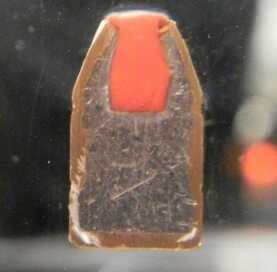
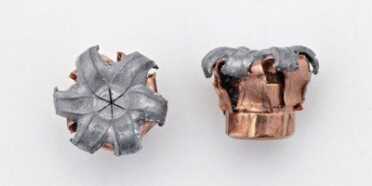
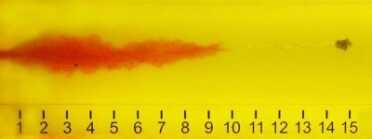

I dont get the 00Buck, how are the pellets different?
did anybody else notice that the video had nothing to do with the article except that it was about hornady amunition?
It’s been out since nov. Tell your dealer to contact JSC Inc. The graphics are a hoot, I have customers buying it in calibers they don’t even own.
When will the Zombie ammo be out? My dealer keeps telling me that it’s not available yet. While I will be using most of it for “normal” shooting I will put a few boxes, in several calibers, away………. you never know when you will really need it. 🙂
I would tell him to call one of the bigger Hornady distributors. I know that a lot of it is out and available. We saw a lot of it at range day.
GREAT AMMO!!!
What can I say……you make great AMMO!!